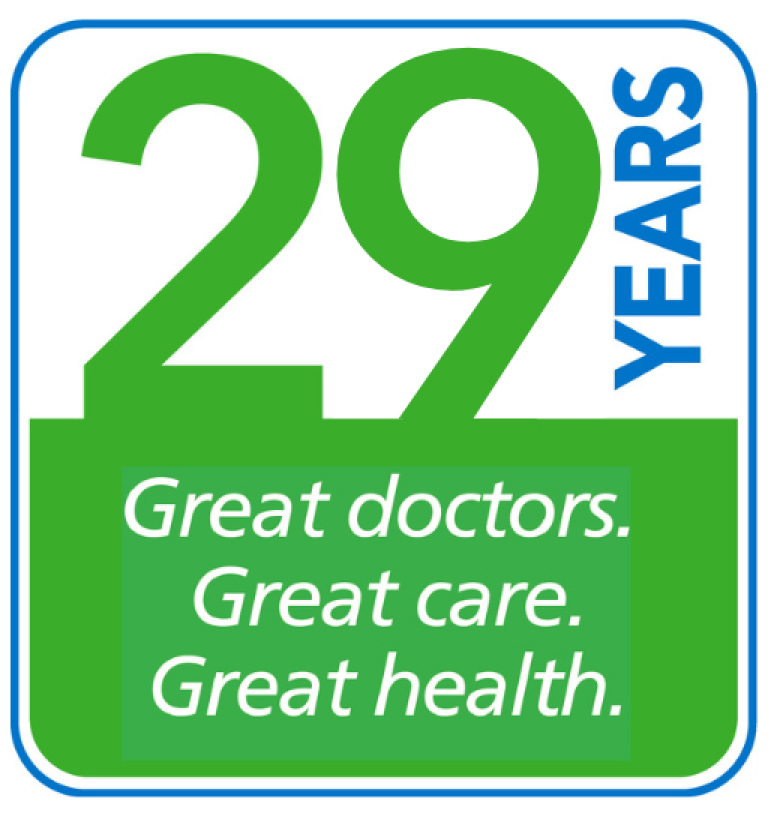By: Destiny Ingram, CRNP
Sun exposure increases our risk of Melanoma cancer, a serious skin cancer linked to death in the United States. This makes questions arise on the best ways to protect ourselves from the sun’s harmful rays. Many people like to use “natural” products, so stores now sell sunscreens containing “natural” ingredients that claim to be just as effective as chemical-based sunscreens. Is that true, or are you risking your money – and your skin – by using natural sunscreens?
Chemical sunscreens work by absorbing the sun’s rays. Their active ingredients (the ones that protect you from harmful UVA and UVB rays) are synthetic, such as avobenzone, ecamsule, homosalate, octisalate, octocrylene, octyl methoxycinnamate, octyl salicylate, and oxybenzone.
By contrast, natural sunscreen are mineral-based products that usually contain titanium dioxide, zinc oxide, or both, as active ingredients. Those minerals work by deflecting the sun’s UV rays.
Consumer Reports, a national product-testing organization, compared chemical and natural sunscreens for effectiveness over a four-year period. They found that chemical sunscreens consistently score better than their natural competitors. Chemical sunscreens provide superior UVA and UVB protection, and are more likely to deliver the SPF (sun protection factor) promised on their label than natural products.
Their conclusion: natural sunscreen provide some protection but are less effective than chemical sunscreens, so users may be getting more UV damage than they think.
Questions about chemicals
Some people opt for natural sunscreens because they’ve heard that the chemicals in sunscreens may be dangerous. There has been a lot of research showing the active in ingredients in BOTH natural and chemical sunscreens are absorbed into the body and present cancer and neurotoxic risks when used in large amounts, but the FDA currently approves the ingredients in chemical sunscreens as safe and effective. Besides, health professionals agree that getting skin cancer is a much greater risk. Those concerned would benefit greatly from broad-rimmed hats and new, cooling SPF labeled clothing that are hitting many outdoor stores.
How to use sunscreen effectively
Follow these tips from the American Academy of Dermatology to get maximum protection from your sunscreen:
- Look for products labeled “broad spectrum,” which means they protect the skin from both UVA and UVB rays
- Choose a sunscreen with an SPF (sun protection factor) of 30-50
- Apply sunscreen 15 minutes before going outdoors
- To protect your lips, apply a lip balm or lipstick that contains sunscreen
- When outdoors, reapply sunscreen about every two hours, or after swimming or sweating, according to the directions on the bottle.
- When possible, wear broad-rimmed hats, light weight and loose long sleeves and pants to keep skin covered.
 Destiny Ingram, Certified Registered Nurse Practitioner, received her Master of Science in Nursing from Frontier Nursing University. She sees patients in MPCP’s Glen Burnie office.
Destiny Ingram, Certified Registered Nurse Practitioner, received her Master of Science in Nursing from Frontier Nursing University. She sees patients in MPCP’s Glen Burnie office.



